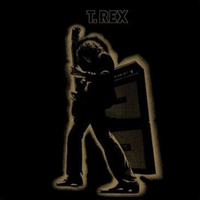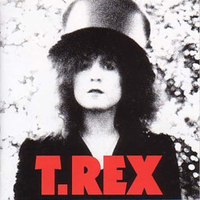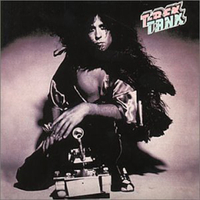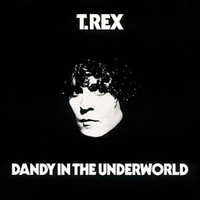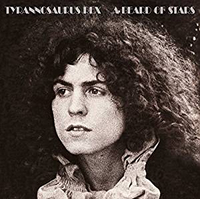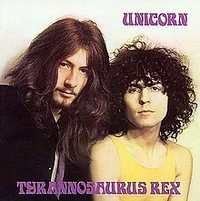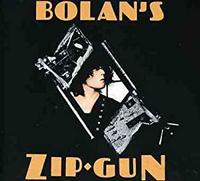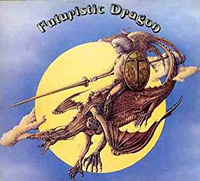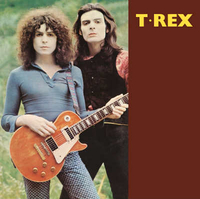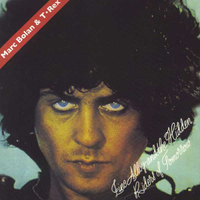Marc Bolan did not invent glitter rock, but he most certainly perfected it. With nothing more than a mass of corkscrew hair, a battered acoustic guitar and a barefoot hippy bongo player, the elfin young Bolan transformed from a late-60s coffee house warbler into an electrified sci-fi superhero in silver spaceboots, glittered cheekbones and bright pink feather boas. His music was pop-metal perfection; brilliant little bursts of rock flash and psychedelic poetry, the ultimate ear candy for the sex-saturated 1970s. And everybody loved him. And then he died.
Marc Bolan (originally Mark Feld, but let’s not linger on that sad fact) was born in East London in 1947. He claimed to have been a mod in the early 60s, but so did Ozzy and that’s probably not true either. As a teen, he put his cheekbones to work and modelled for a while. Legend has is that he also spent time with a wizard in Paris who taught him how to levitate, but ultimately his soul belonged to rock’n’roll. After a brief stint in garage-punk legends John’s Children in 1967, he formed the two-man hippy jam band Tyrannosaurus Rex with percussionist Steve Took.
The acoustic Tyrannosaurus Rex lasted three years and garnered much critical acclaim, had a couple of Top 40 singles but sold very few albums. All of that changed when Marc sacked Steve, daubed glitter on his cheeks, and wrote a hand-clapping electric glam-pop song called Ride A White Swan. The rest, as they say, is history.
Bolan fever swept the UK, nearly topping Beatlemania in its froth, and T. Rex enjoyed several years of stunning success. After a murky year or two in the mid-70s when Marc experimented with short hair, vodka and disco, he returned to the spotlight with a smashing comeback album and a punk-friendly television show in 1977, but his resurgence was short-lived. On September 16, 1977, he died in a car crash in London, two weeks before his 30th birthday.
Despite his tragic end, Bolanmania has never truly abated. There are a staggering number of T. Rex ‘hits’ compilations, reissues, remasters and junkpile collections out there to wade through, with many more on the way, Marc’s many fanclubs still do brisk business, and, most importantly, his music still rocks like crazy.
Here, then, is your definitive guide to getting it on and, if the mood hits, possibly even banging a gong.

...and one to avoid
You can trust Louder Our experienced team has worked for some of the biggest brands in music. From testing headphones to reviewing albums, our experts aim to create reviews you can trust. Find out more about how we review.

